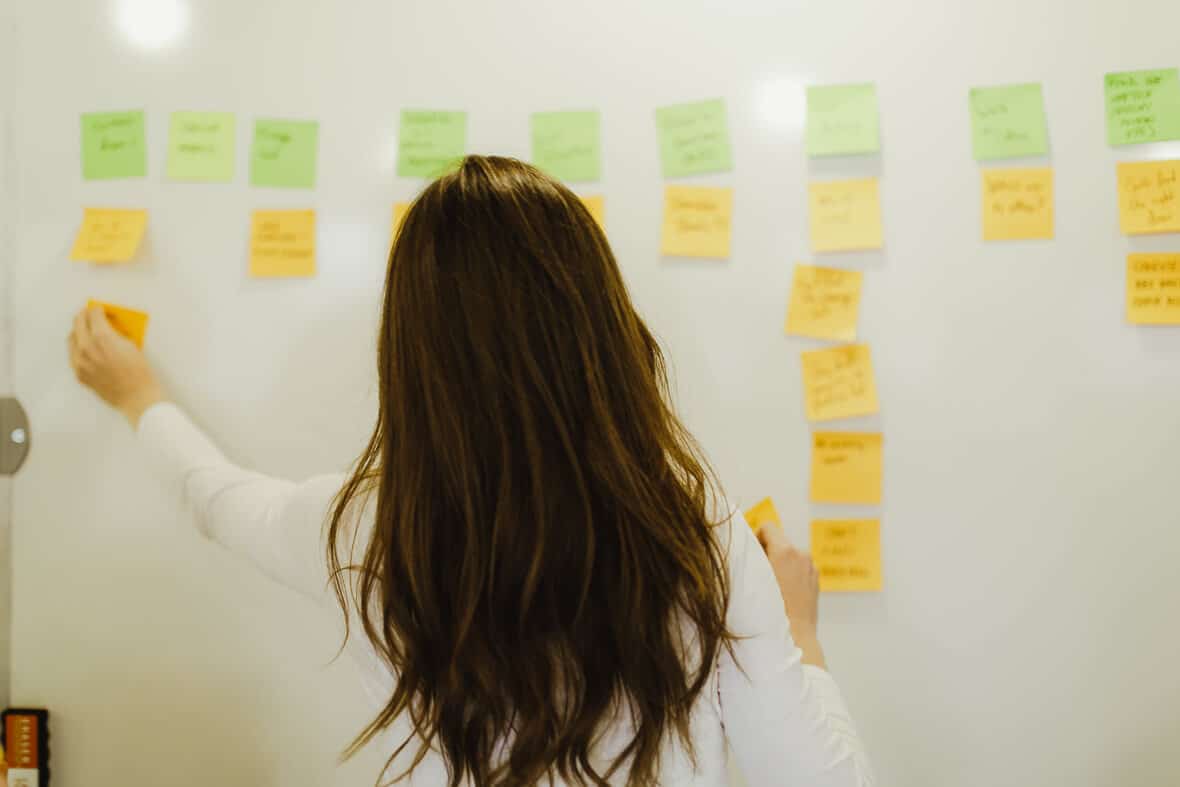With the onset of the C-19 pandemic and stay at home orders, we needed structure and alignment within my house. It was clear that we were all concerned with different aspects of the future, and those fears started to grow into arguments and buried stress.
I immediately saw a need to get our thoughts out on the table and build empathy and trust. What better way to do that than employ design thinking techniques!
Disclaimer: I am not a trained design thinking practitioner. I’ve only had the honor of learning from other Atoms who are. If you want to learn more about design thinking exercises, check out the Design Thinking Toolkit series from my colleague Kim.
1. Choose an Exercise
We were approaching a time of jolting change, and no one knew what would come. Thinking about the quarantine as a project and my fellow quarantiners as my team, I took stock of the knowns and unknowns before us.
Known
- We are all starting a new routine.
- There is limited private space for a group of introverts.
Unknown
- How is each of us coping with the changes?
- How long will this new way of life last?
- What are we all looking for from one another during this time?
I looked through some classic design thinking exercises. Hopes and Fears sounded like a good fit to gather our individual and collective fears in the present moment and hopes for the season of forced slowing down.
2. Frame the Exercise & Set Expectations
At any meeting, there needs to be a clear goal and a realistic plan for getting there; this is especially true when gathering friends or family. Here’s a format I like to use for setting up an exercise or meeting:
- Why are we here?
- The goal is to get a sense for what we need, individually and communally.
- This is a starting point; we aren’t going to have all the answers now.
- What I need from you:
- No phones or other distractions, please! We are here to listen and be heard.
- Be honest! Say the hard things.
- I promise to:
- Keep us on track and make sure we wrap up by ____ time.
- Make time for breaks as they are needed.
3. Find Common Ground
After completing the exercise, we took a few minutes to do some affinity mapping — grouping like responses and labeling the categories. This helped us find our common concerns and shared desires as we formed a loose schedule to meet those needs.
Outcomes
Unfortunately, design thinking did not solve all of our problems or lead us to the perfect, no-fail quarantine survival plan. However, we did learn how each of us was experiencing the stress of the pandemic. As a result, we entered the following weeks with more awareness of one another’s needs.
I have come to appreciate the power of design thinking, not just for software projects but in any group endeavor. There are times that getting friends or family on the same page can feel impossible. Next time, consider asking if they are willing to try something new and find a design thinking exercise to help move you forward together.

